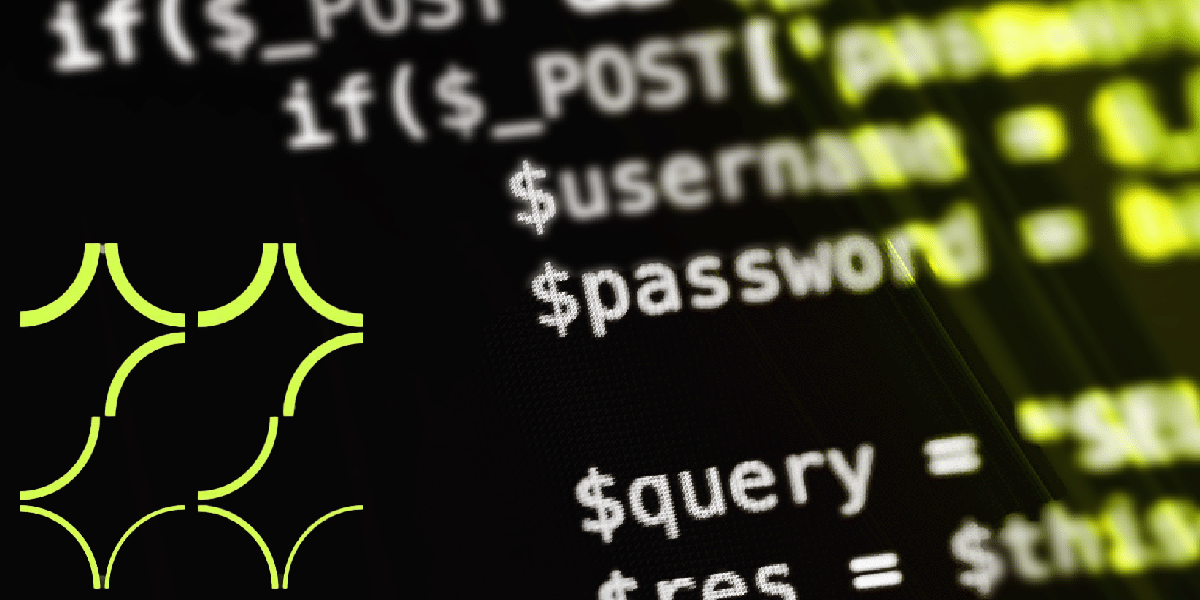Get help with your CV and profile and be found for rewarding projects.
In an ideal software development team, feedback from the client translates into excellent requirements. These requirements are then transformed into precisely described tasks that encompass everything necessary for the development and testing of the application.
Typically, a developer seeks details about the project from the business, analysts, graphic designers, and UX designers since a lot of knowledge may be scattered. Subsequently, a tester examines the solution and may not be certain why certain things work the way they do.
The same applies in the opposite direction - tester reports may contain all the information and pertain only to actual bugs, but more often than not, additional information needs to be gathered, variables need clarification, and explanations need to be provided.
Collaboration from the beginning of requirements development
There's nothing wrong with this, as long as we strive to continually improve our collaboration. There are ways to enhance this process, and in this article, I attempt to list them.
From a programmer's perspective, I observe the following pattern of behavior. Functionality is developed for several days/weeks without the presence of a tester, and then, upon its release, the tester poses the sacramental question to the programmer - How is it supposed to work?
























